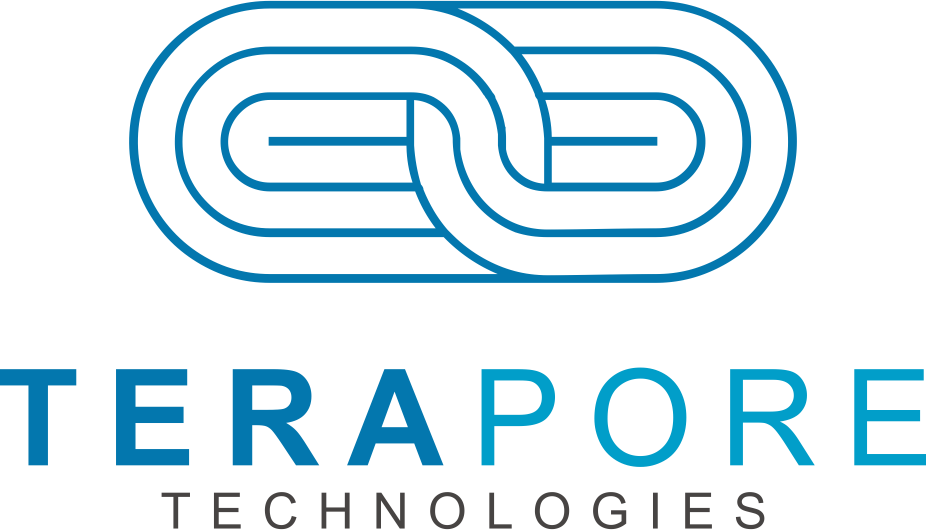New Publication Announcement
Fouling of virus filtration membranes by monoclonal antibody feeds with low aggregate content
Yair Kaufman, KC Hunt, Gabriel Hale, Matthew McClure, David Latulippe, Madhavi Sivan, Jack Wilson, Rachel Dorin, Yury Agroskin, Marty Siwak, Daniele Gerion
First Published: 10 May 2023 | https://doi.org/10.1002/bit.28420
Abstract
Membrane fouling by monoclonal antibodies (mAbs) is one of the main challenges in virus-filtration processes. Previous publications attributed membrane fouling to the presence of mAb aggregates in the solution, which block the membrane pores. This fouling mechanism can be solved by a prefilter; however, it was shown that there are mAbs that severely foul the membranes (reduce permeability by 90% and more) even after prefiltering the aggregates, while other mAbs foul the membrane weakly (reduce permeability by ~10% and less). Unfortunately, the differences between the fouling- and the nonfouling mAbs have never been convincingly explained. To get a deeper insight on these differences, we measured the fouling of chemically modified Isoprene-Styrene-4-vinylpyridine (ISV) membranes (TeraPore Technologies) by 8 mAbs exhibiting different hydrophobicity and charge. The results show that mAb solutions with low concentration of aggregates foul ISV membranes via an adsorptive mechanism, and the adsorption is driven mainly by hydrophobic forces between the mAb and the membrane. The charge of the mAbs plays a secondary role in fouling. We want to emphasize that the conclusions pertain to ISV membranes; the insights presented in this paper can potentially be used to engineer new surface chemistries to mitigate fouling of other virus-filtration and/or ultrafiltration membranes.
The data that support the findings of this study are available from Y. K. (yair.kaufman@teraporetech.com) or D. G. (daniele.gerion@teraporetech.com) upon reasonable request.




